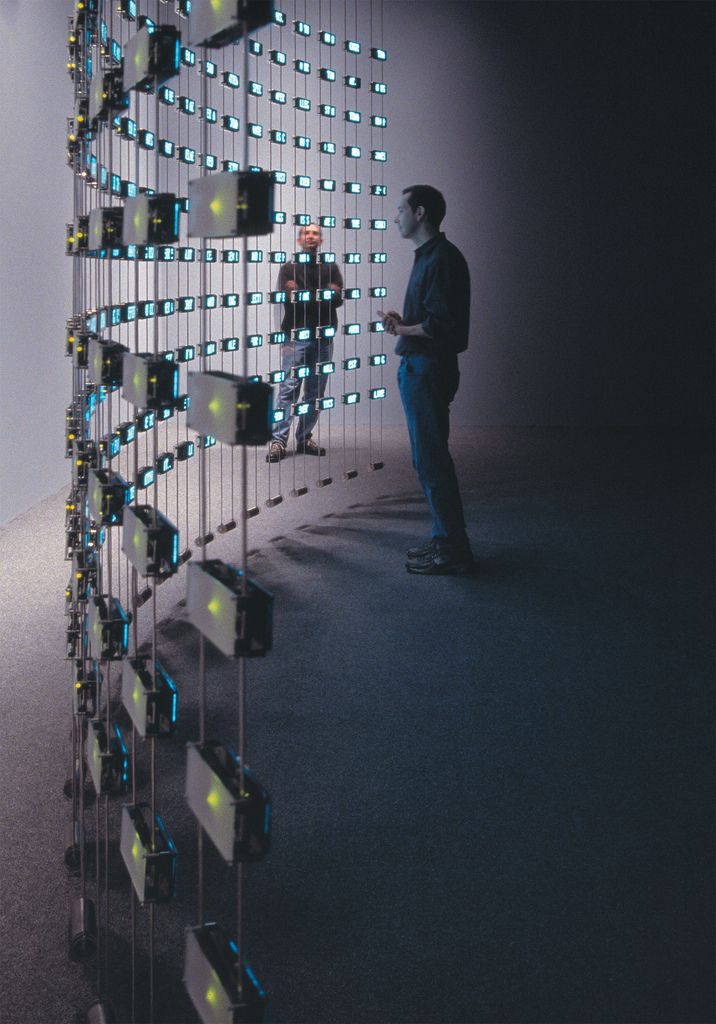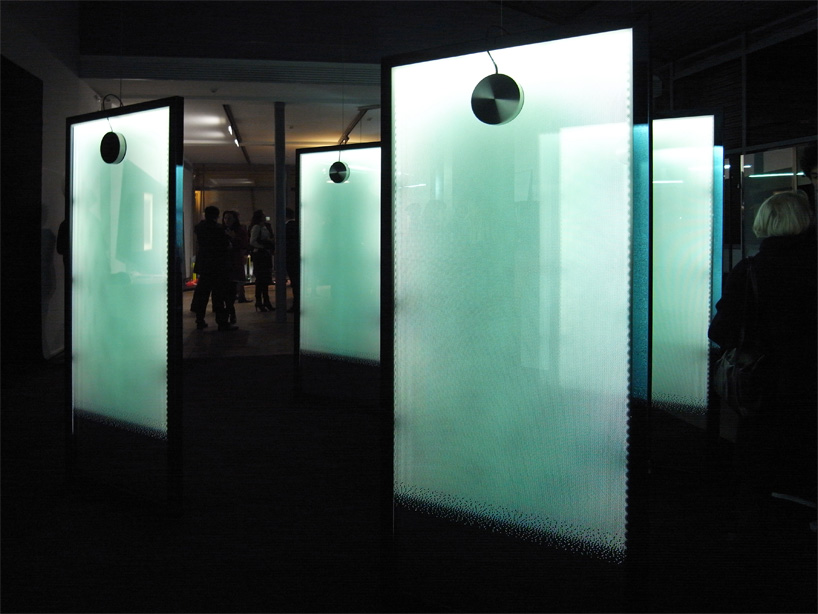
Jonna Kina
Arr. for a Scene
“The sonic force of cinema’s most famous murder scene is investigated.Two foley artists recreate Hitchcock’s shower sequence, deconstructing the associations of aural signifiers, and the synesthetic power of sound. Jonna Kina contextualize this uncanny phenomenon — the “trans-sensory” quality of sound – within both Kina’s oeuvre, as well as other historical and contemporary works inside and outside the realm of art. In Arr. for a Scene (2017), Kina explores the structures and forms of cinematic sound – transforming an iconic image — the horrific shower scene in Alfred Hitchcock’s Psycho (1960) – into the sonic frequencies of quirky, seemingly innocent, domestic objects.” Melissa Ragona



